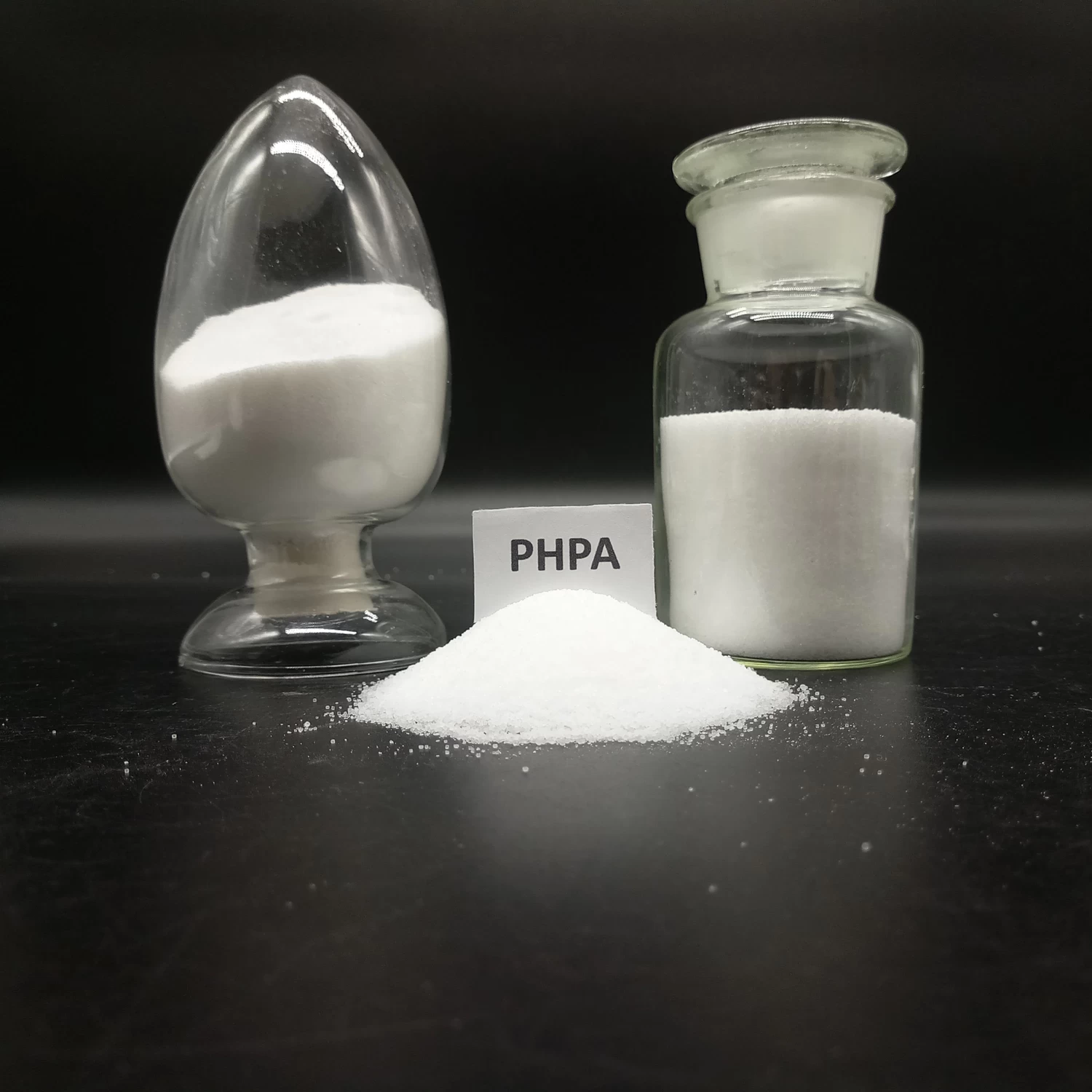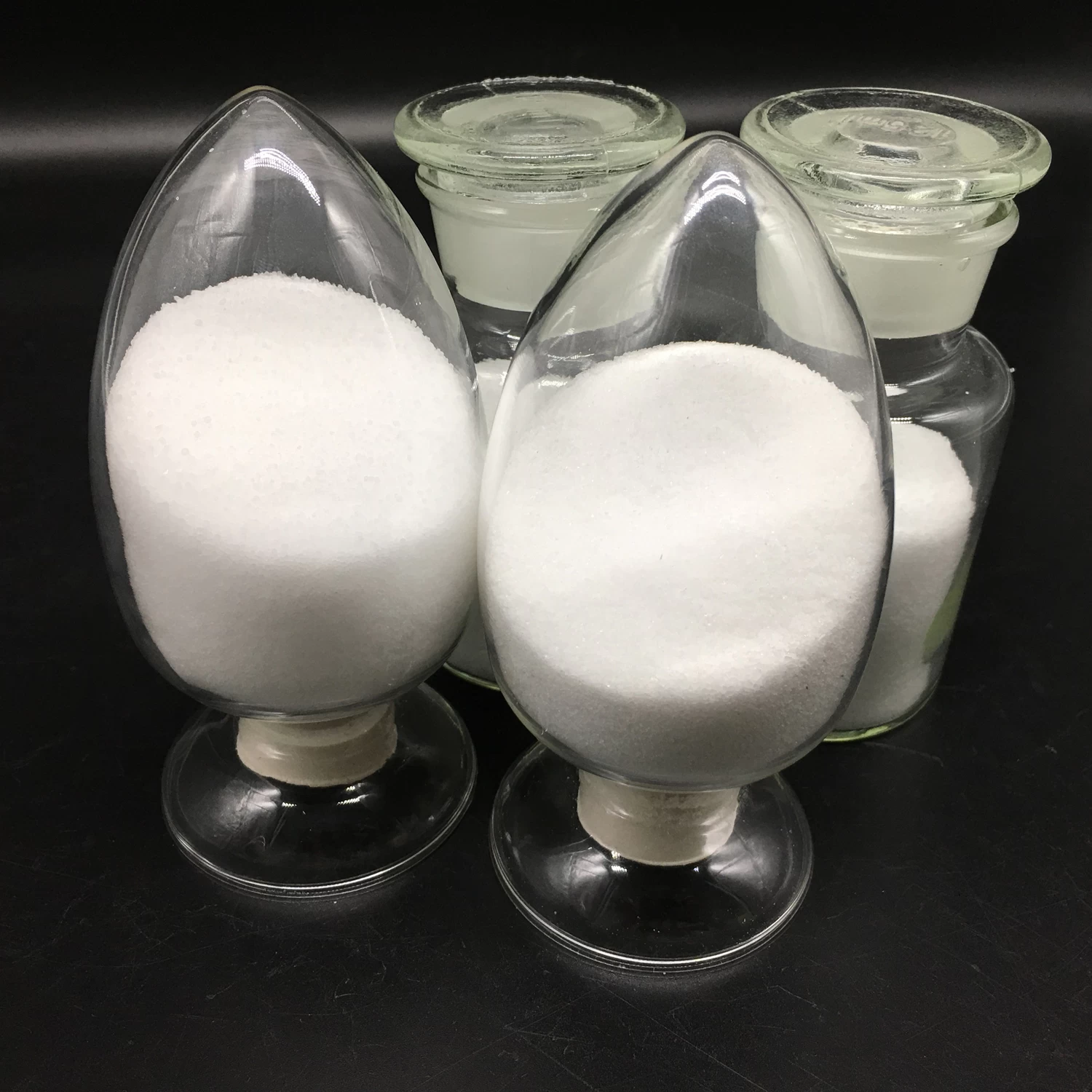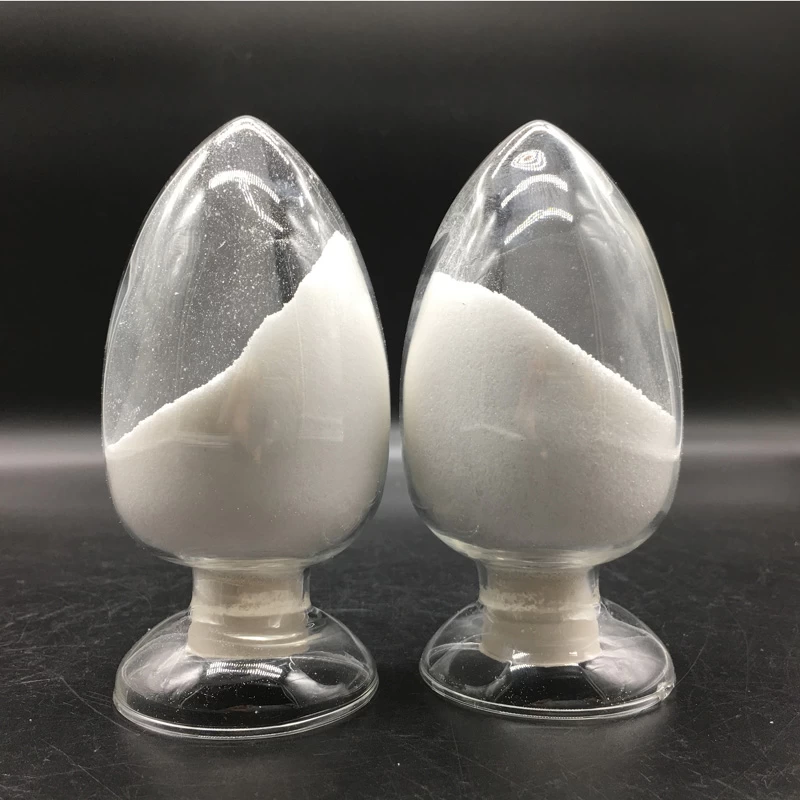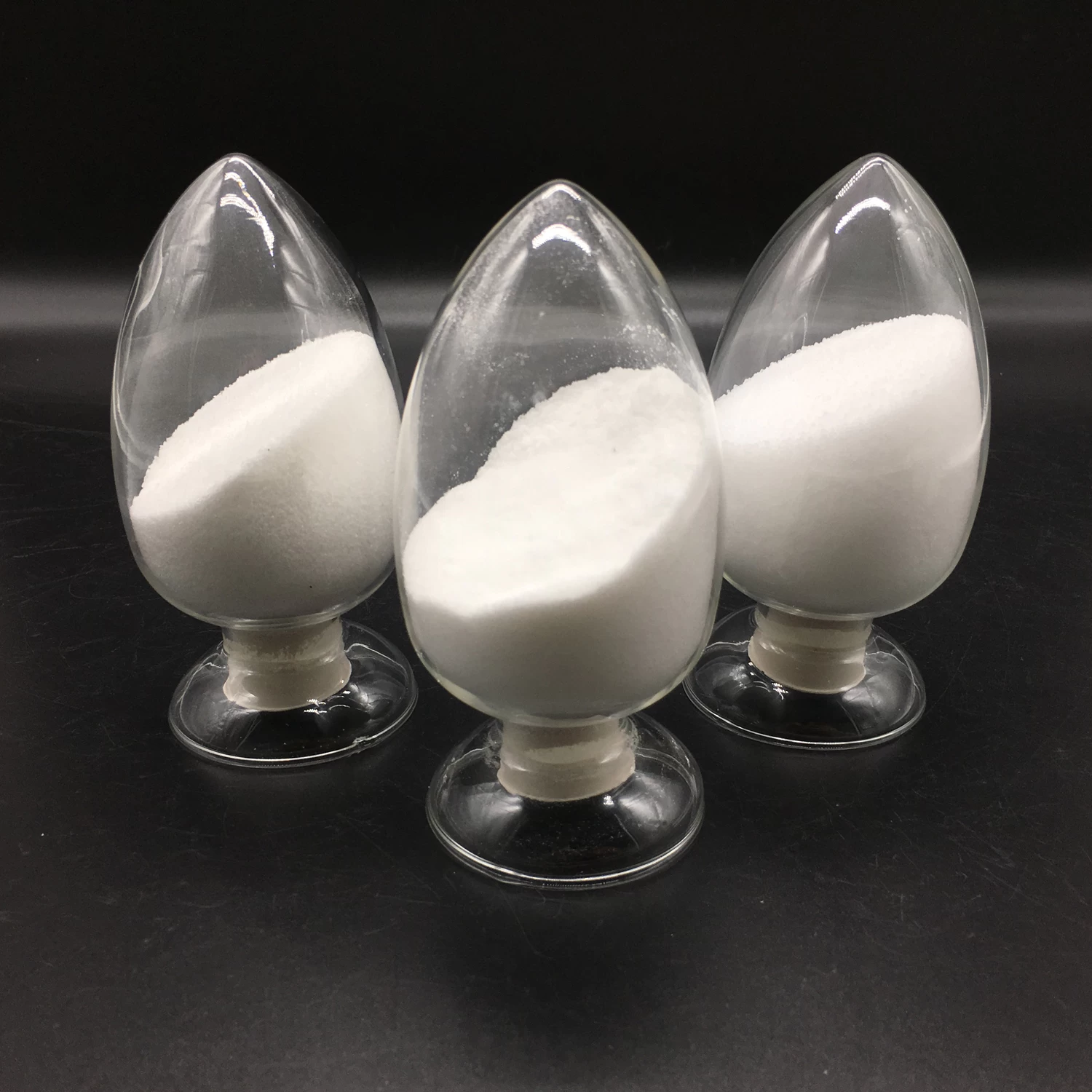Filtratreduzierer Teil.2.
Hana Wang.
Original
2021-07-15 16:41:20
(2) Das Prinzip des Fluidverluststeuerungsmittels Das Fluidverlustkontrollmittel bezieht sich auf ein chemisches Mittel, das den Flüssigkeitsverlust des Bohrfluids reduzieren kann. Fluidverlustadditive sind meistens wasserlösliche Polymerverbindungen, die den Flüssigkeitsverlust von Bohrflüssigkeit durch folgende Weise reduzieren können.
Die Rolle der stabilisierenden kolloidalen Partikel Wie oben erwähnt, müssen die Tonpartikel in der Bohrflüssigkeit eine ordnungsgemäße Größenverteilung aufweisen, und gleichzeitig ist es erforderlich, mehr feine Tonpartikel zu haben. Das Bohrfluid mit einem großen Flüssigkeitsverlust weist auf der einen Hand mehr grobe Partikel auf, andererseits wurden die feinen Teilchen in grobe Partikel ausgeflockt, und es gibt weniger feine Sol-Partikel (<100pLm) in the system. The filter cake formed by this drilling fluid with more coarse particles and few fine particles is loose and has large pores, so the filtration loss is large. Fluid loss additives are polymer compounds that can dissociate negatively charged groups in water. On the one hand, it can be adsorbed on the surface of the clay to form an adsorption layer to prevent the flocculation of the clay particles; on the other hand, it can stabilize the fine particles dismantled under the action of the circulating stirring of the drilling fluid through adsorption, and no longer bind into large particles ( Figure 1-5). In this way, a sufficient amount of fine particle ratio can be ensured, so that the drilling fluid can form a thin and dense filter cake and reduce the filtration loss. This effect is also known as the protective glue effect. It is worth noting that the concentration of the fluid loss agent in the drilling fluid must be high enough to help enclose the disassembled clay particles, so that on the one hand, it will bring a higher negative charge density to the surface of the clay particles, increase the f potential, and increase the f-potential. The repulsion between large particles; on the other hand, a thicker hydration film is formed due to the hydration of the hydration group, which makes the clay particles difficult to merge and become larger. If the concentration of the added fluid loss agent is lower than the concentration required for protection, the fluid loss agent will not only have no protective effect on the colloidal particles, but will make the clay particles easier to agglomerate.
2. Die Erhöhung der Viskosität des Filtrats ist aus der statischen Fluidverlustgleichung bekannt, und der Flüssigkeitsverlust ist umgekehrt proportional zur Hälfte der Filtratviskosität des Bohrfluids. Die Zugabe von makromolekularen Fluidverlustzusätzen für das Bohrfluid kann die Viskosität des Filtrats erhöhen und den Flüssigkeitsverlust reduzieren. Es ist jedoch erwähnenswert, dass die Erhöhung der Viskosität die Bohrgeschwindigkeit verringert. Daher ist im Allgemeinen erforderlich, dass Flüssigkeitsverlustzusätze die Viskosität nicht stark erhöhen.
3. Der Poren-Stecker-Effekt des Fluidverlustmittels als Highmolekularverbindungsfluidverlustmittel, seine molekulare Größe, liegt im Bereich von kolloidalen Partikeln. Das Hinzufügen dieser Behandlungsagenten entspricht der Erhöhung des Gehalts an kolloidalen Partikeln in der Bohrflüssigkeit, und sie blockieren den Filterkuchen. Die Rolle der Poren. Diese Makromoleküle blockieren Poren auf zwei Arten. Lassen Sie den Durchmesser der Zufallsspule des Polymers d. , Porendurchmesser d,. Wenn 0.3d,D, das Polymer kann nicht in die Poren eindringen, sondern kann den Poreneingang blockieren, der als Verstopfung bezeichnet wird, der auch den Flüssigkeitsverlust reduzieren kann.
Die Rolle der stabilisierenden kolloidalen Partikel Wie oben erwähnt, müssen die Tonpartikel in der Bohrflüssigkeit eine ordnungsgemäße Größenverteilung aufweisen, und gleichzeitig ist es erforderlich, mehr feine Tonpartikel zu haben. Das Bohrfluid mit einem großen Flüssigkeitsverlust weist auf der einen Hand mehr grobe Partikel auf, andererseits wurden die feinen Teilchen in grobe Partikel ausgeflockt, und es gibt weniger feine Sol-Partikel (<100pLm) in the system. The filter cake formed by this drilling fluid with more coarse particles and few fine particles is loose and has large pores, so the filtration loss is large. Fluid loss additives are polymer compounds that can dissociate negatively charged groups in water. On the one hand, it can be adsorbed on the surface of the clay to form an adsorption layer to prevent the flocculation of the clay particles; on the other hand, it can stabilize the fine particles dismantled under the action of the circulating stirring of the drilling fluid through adsorption, and no longer bind into large particles ( Figure 1-5). In this way, a sufficient amount of fine particle ratio can be ensured, so that the drilling fluid can form a thin and dense filter cake and reduce the filtration loss. This effect is also known as the protective glue effect. It is worth noting that the concentration of the fluid loss agent in the drilling fluid must be high enough to help enclose the disassembled clay particles, so that on the one hand, it will bring a higher negative charge density to the surface of the clay particles, increase the f potential, and increase the f-potential. The repulsion between large particles; on the other hand, a thicker hydration film is formed due to the hydration of the hydration group, which makes the clay particles difficult to merge and become larger. If the concentration of the added fluid loss agent is lower than the concentration required for protection, the fluid loss agent will not only have no protective effect on the colloidal particles, but will make the clay particles easier to agglomerate.
2. Die Erhöhung der Viskosität des Filtrats ist aus der statischen Fluidverlustgleichung bekannt, und der Flüssigkeitsverlust ist umgekehrt proportional zur Hälfte der Filtratviskosität des Bohrfluids. Die Zugabe von makromolekularen Fluidverlustzusätzen für das Bohrfluid kann die Viskosität des Filtrats erhöhen und den Flüssigkeitsverlust reduzieren. Es ist jedoch erwähnenswert, dass die Erhöhung der Viskosität die Bohrgeschwindigkeit verringert. Daher ist im Allgemeinen erforderlich, dass Flüssigkeitsverlustzusätze die Viskosität nicht stark erhöhen.
3. Der Poren-Stecker-Effekt des Fluidverlustmittels als Highmolekularverbindungsfluidverlustmittel, seine molekulare Größe, liegt im Bereich von kolloidalen Partikeln. Das Hinzufügen dieser Behandlungsagenten entspricht der Erhöhung des Gehalts an kolloidalen Partikeln in der Bohrflüssigkeit, und sie blockieren den Filterkuchen. Die Rolle der Poren. Diese Makromoleküle blockieren Poren auf zwei Arten. Lassen Sie den Durchmesser der Zufallsspule des Polymers d. , Porendurchmesser d,. Wenn 0.3d,


 E-Mail:jack.ma@welldonechina.com
E-Mail:jack.ma@welldonechina.com +86-17664031716
+86-17664031716
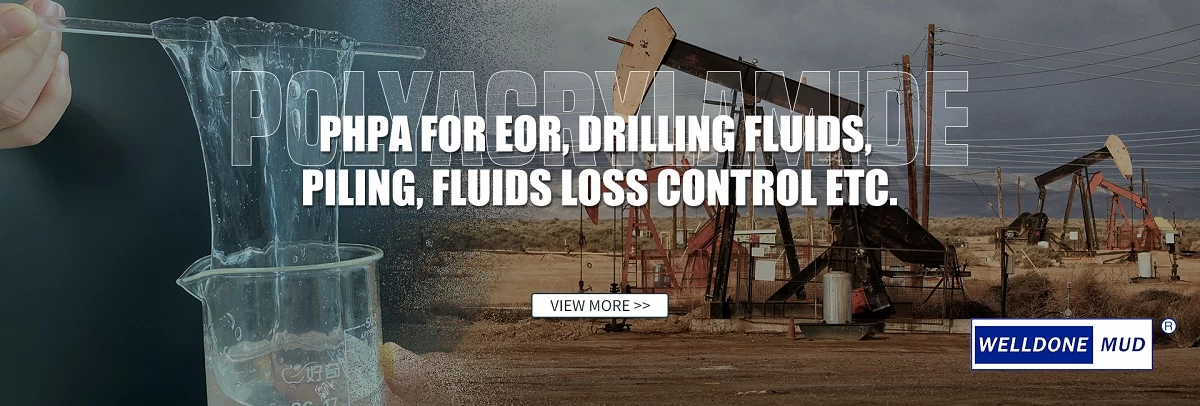
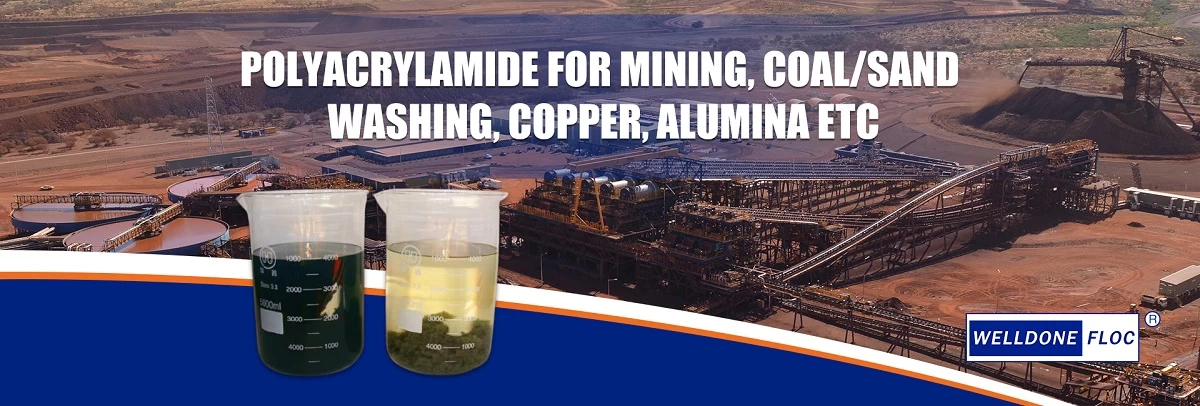
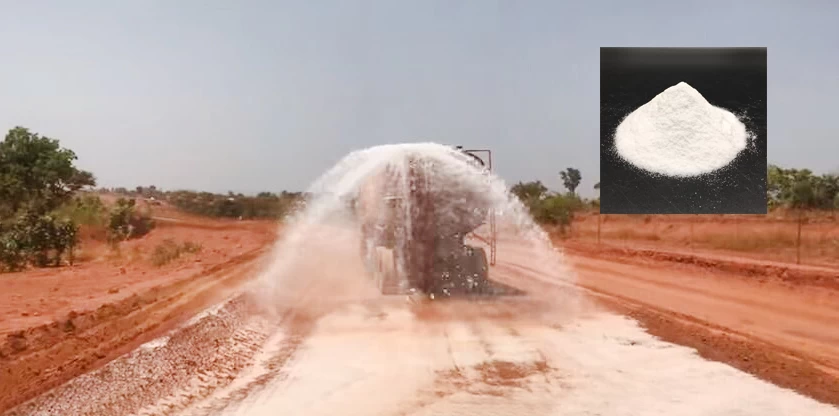
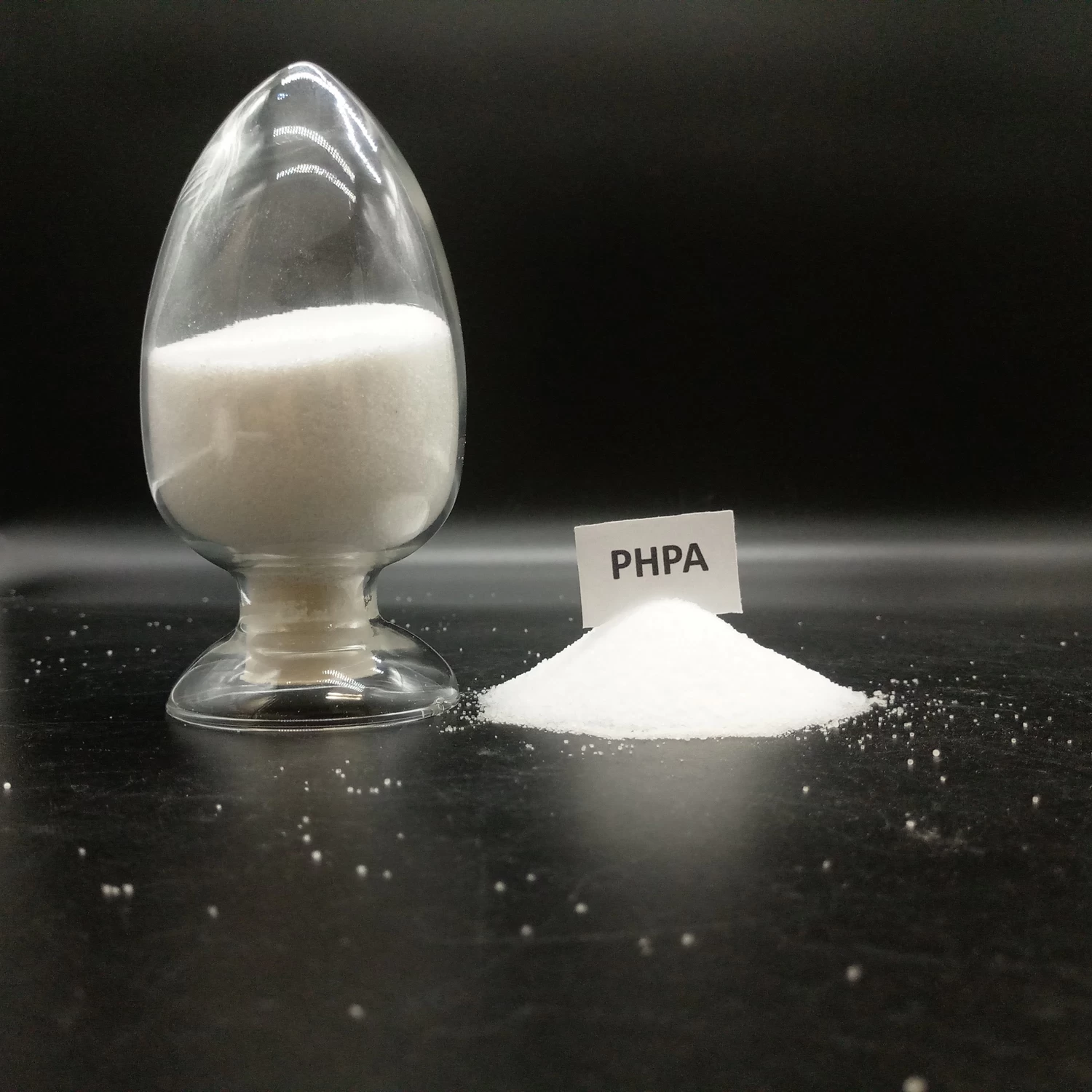
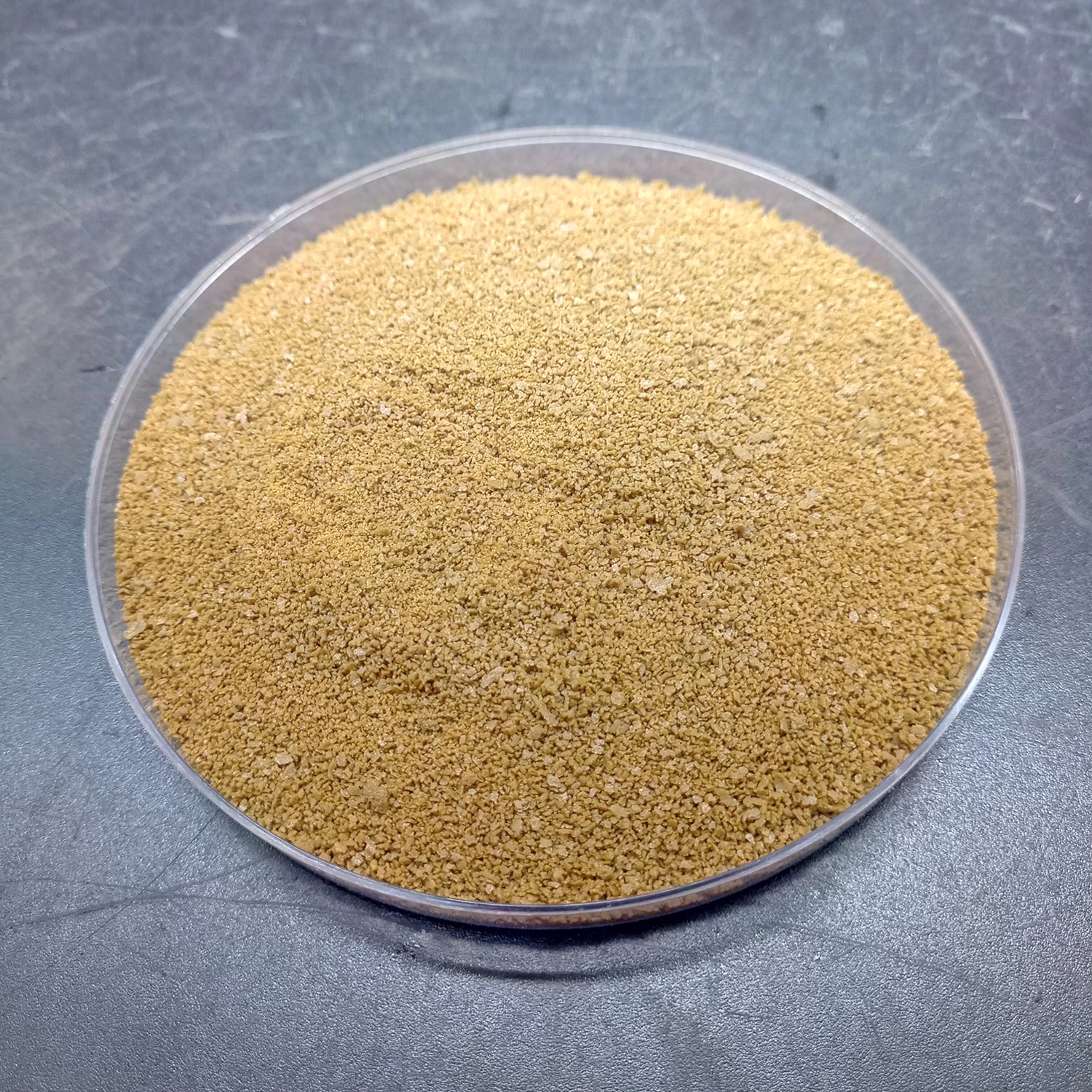
-for-drilling-muds.png.webp)
